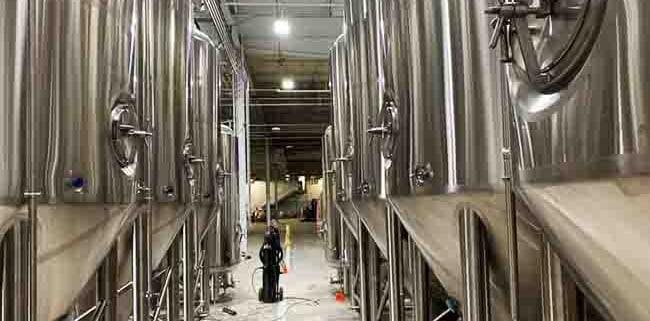How to Choose the Best Beer Fermenter
Overview
A beer fermenter is the heart of the brewing process, where the magic of fermentation transforms wort into delicious beer. Whether you’re a homebrewer crafting a small batch in your kitchen or a commercial brewer managing large-scale production, choosing the right fermenter is crucial.
What is a Beer Fermenter?
A beer fermenter is a specialized vessel designed to house the fermentation process, where yeast converts sugars in the wort into alcohol and carbon dioxide. Think of it as the birthplace of beer. Fermenters are crafted to maintain the right environment for yeast to thrive—controlling temperature, oxygen exposure, and contamination risks. Fermenters come in various shapes, sizes, and materials, each suited for different brewing scales and preferences.
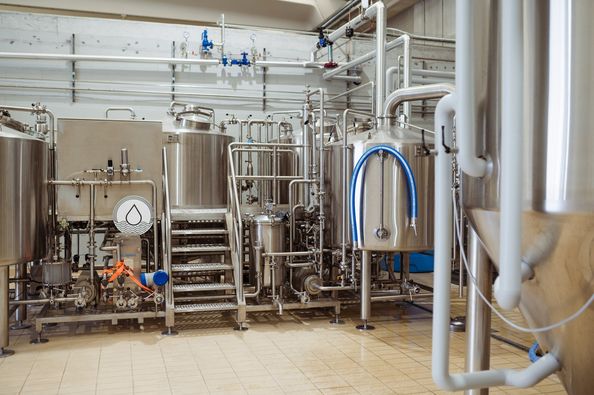
Beer Fermenters Classified by Material
When choosing a beer fermenter, the material is one of the most important considerations. Here’s a breakdown of the most common materials used and their pros and cons:
1. Plastic Fermenters
Plastic fermenters, often made from food-grade polyethylene, are lightweight and affordable. They’re a great choice for beginners but may be prone to scratches that harbor bacteria over time. While easy to clean, they can absorb odors and flavors, making them less ideal for long-term use.
2. Glass Fermenters
Glass fermenters are favored for their non-porous nature, which makes them resistant to stains, scratches, and odor absorption. However, they’re heavier and more fragile compared to plastic, requiring careful handling. Glass fermenters are perfect for those prioritizing cleanliness and flavor preservation.
3. Stainless Steel Fermenters
Stainless steel fermenters are the gold standard for brewing. They’re durable, easy to clean, and resistant to scratches and stains. These fermenters maintain a professional aesthetic and are commonly used in commercial brewing. While pricier than plastic or glass, they offer long-term value and unmatched reliability.
Classify Beer Fermenters by Shape
Shape plays a significant role in the efficiency of the fermentation process. Below is a comparison of common fermenter shapes:
| Shape | Description | Advantages | Disadvantages |
|---|---|---|---|
| Conical | Features a cone-shaped bottom for easy sediment removal. | Simplifies racking and cleaning, reduces contamination. | Higher cost. |
| Cylindrical | Simple cylindrical shape often used for larger-scale brewing. | Space-efficient, good for bulk fermentation. | May require additional sediment handling. |
| Flat-Bottomed | Traditional, straightforward design with a flat bottom. | Affordable and widely available. | Difficult to manage sediment. |
| Spherical | Rarely used, with a round body and no defined bottom. | Unique appearance, good thermal efficiency. | Limited availability, impractical. |
Beer Fermenters Applicable Scope: Home Brewing vs. Commercial Brewing
The scope of beer fermenters differs significantly between home brewing and commercial brewing. Let’s break it down:
Home Brewing
Homebrewers typically use fermenters with smaller capacities, ranging from 1 to 10 gallons. These fermenters prioritize affordability, ease of use, and compactness. Materials like plastic and glass are common, and features like airlocks and spigots simplify the brewing process. For hobbyists, the goal is to keep things simple and enjoyable.
Commercial Brewing
In commercial settings, fermenters need to handle large volumes, often exceeding hundreds or thousands of gallons. Stainless steel fermenters dominate this space due to their durability, scalability, and ability to integrate advanced features like temperature control systems. Commercial brewers focus on efficiency, consistency, and meeting production demands.
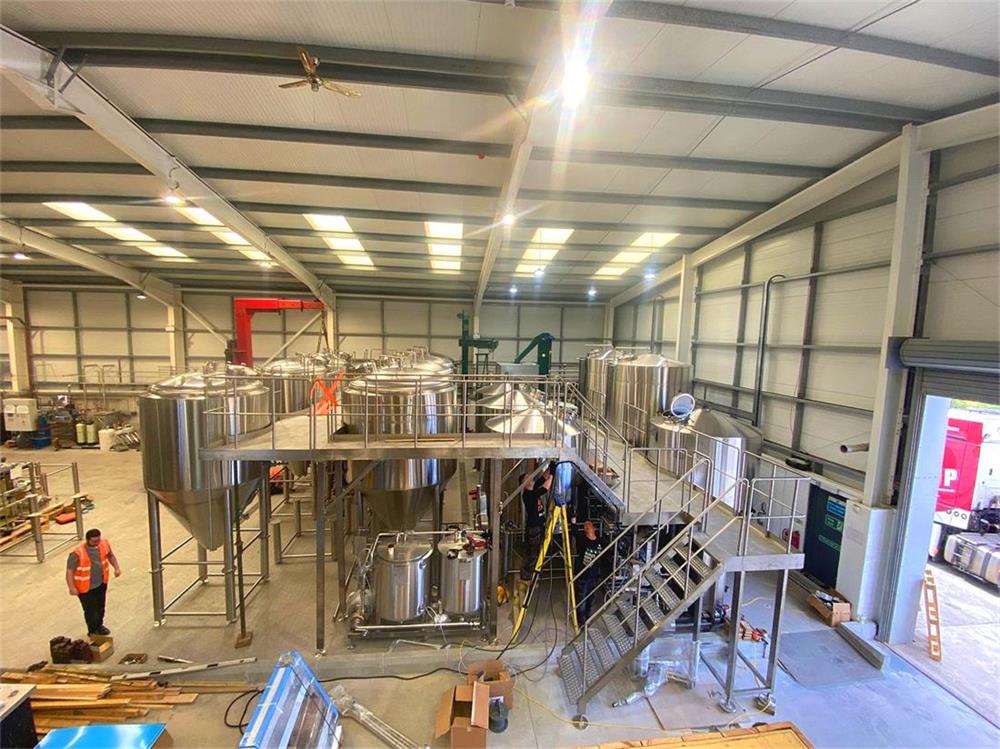

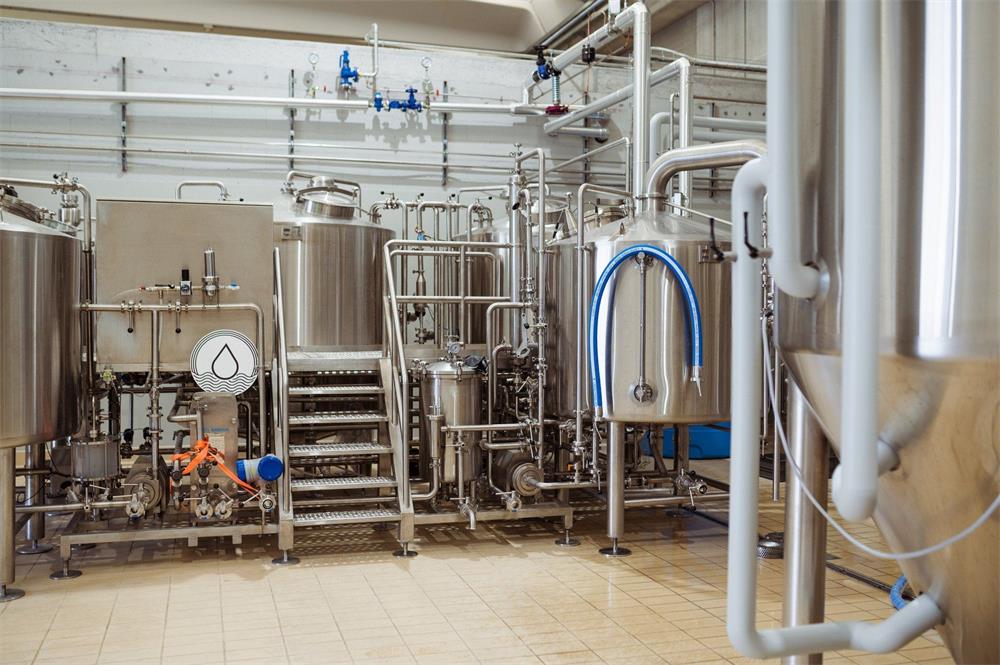
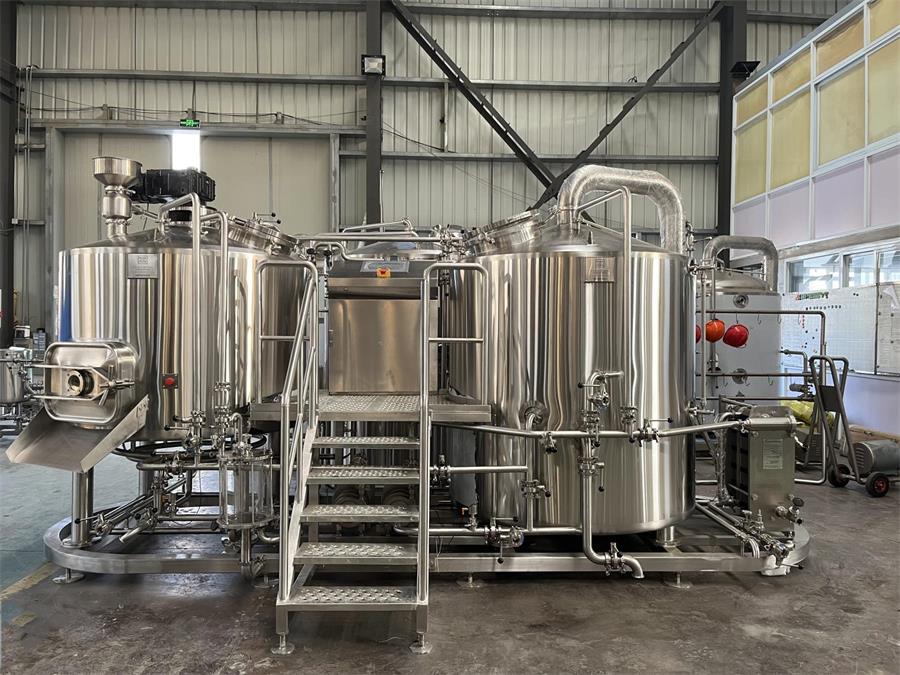
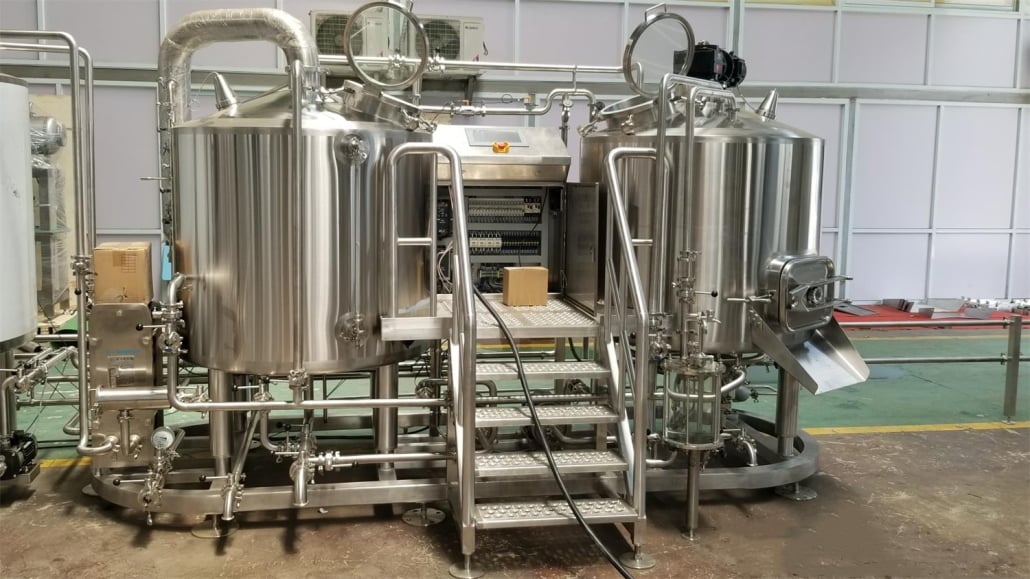
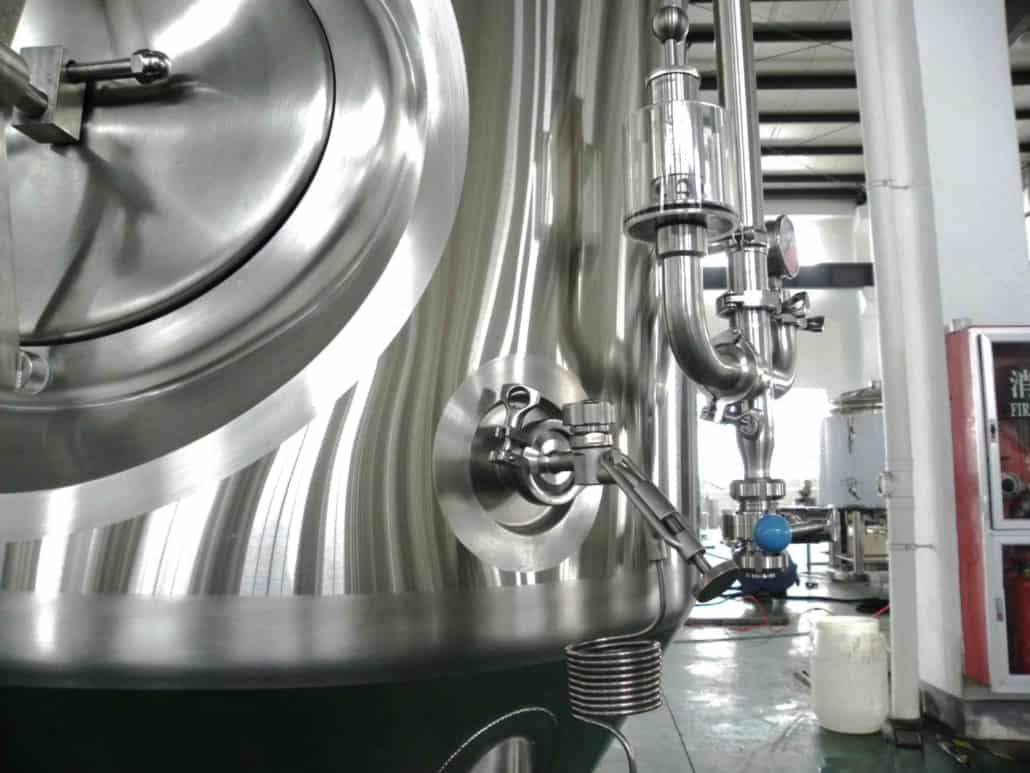
Key Features to Look for in a Beer Fermenter
Choosing the right beer fermenter means understanding the features that matter most. Here are the top considerations:
- Material Durability: Stainless steel is the most durable, while plastic and glass are more budget-friendly.
- Ease of Cleaning: Non-porous surfaces like stainless steel and glass make cleaning a breeze.
- Temperature Control: Look for fermenters with built-in cooling jackets or ports for temperature probes.
- Size and Capacity: Choose a size that matches your brewing scale—small for home use, large for commercial production.
- Airlock Integration: An airlock prevents contamination by allowing CO2 to escape while blocking air and bacteria.
- Sediment Management: Conical fermenters shine here, enabling easy removal of yeast and sediment.
Plastic vs. Stainless Steel Fermenters: Which is Better?
| Factor | Plastic Fermenters | Stainless Steel Fermenters |
|---|---|---|
| Cost | Budget-friendly, great for beginners. | Higher upfront cost but long-term value. |
| Durability | Prone to scratches and limited lifespan. | Highly durable, resistant to scratches and stains. |
| Ease of Cleaning | Can absorb odors and flavors over time. | Non-porous, easy to clean, and maintains flavor purity. |
| Portability | Lightweight and easy to handle. | Heavier and less portable. |
| Professional Use | Not suitable for large-scale or advanced brewing. | Ideal for professional and commercial brewing setups. |
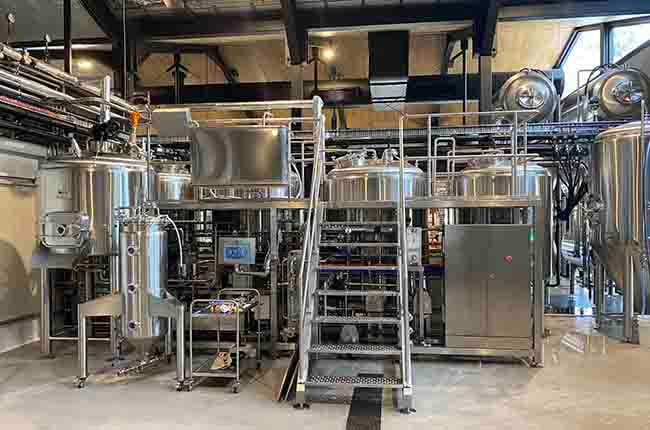
Top Recommendations for Beer Fermenters
| Fermenter Model | Material | Capacity | Key Features | Price Range |
|---|---|---|---|---|
| Fermentasaurus Conical Unitank | Plastic | 9 gallons | Pressure-capable, conical bottom. | $120-$150 |
| Ss BrewTech Brew Bucket | Stainless Steel | 7 gallons | Built-in thermometer, compact design. | $200-$250 |
| FastFerment Conical Fermenter | Plastic | 7.9 gallons | Conical shape, easy sediment removal. | $100-$140 |
| Grainfather Conical Fermenter | Stainless Steel | 8 gallons | Digital temperature control. | $450-$500 |
FAQ
| Question | Answer |
|---|---|
| What size fermenter do I need for home brewing? | A 5-10 gallon fermenter is ideal for most homebrewers, depending on your batch size. |
| How do I clean a beer fermenter? | Use a non-abrasive cleaner like PBW, followed by a sanitizer such as Star San. |
| Can I use a plastic fermenter for long-term aging? | It’s not recommended, as plastic can absorb flavors and is more prone to contamination. |
| Why are conical fermenters popular? | They simplify sediment removal and improve the overall cleanliness of the brewing process. |
| Are stainless steel fermenters worth the price? | Yes, for their durability, ease of use, and professional-grade performance. |

